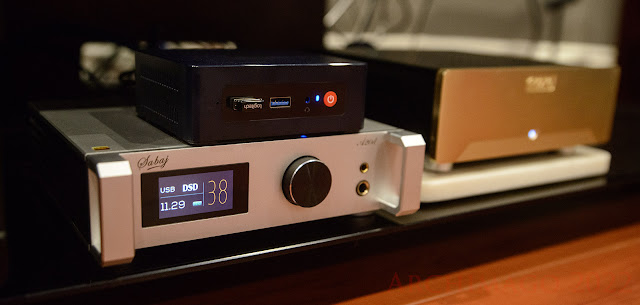It started way back in the 90's. I accumulated a small collection of Christmas CD's which sounded great. My wife and I never tired of listening to them between Thanksgiving and Christmas every year. Several years later I happened across this humble blog and learned about dynamic range, among a great many other things. When I started measuring some of the albums in my CD collection I noticed that all my favorites had pretty high dynamic ranges. Additionally, the albums I bought, only to be disappointed in them after I got them home and had a few listens had pretty low dynamic ranges. One year as Christmas approached I thought I'd test the theory against my Christmas albums. To my pleasant non-surprise I saw that they all scored respectably well on dynamic range. A couple years later it occurred to me to share my epiphany (heh) with Arch and the blog in a guest post. It was well received, so the next year I did another playlist, again with nod to dynamic range.
This year, I am going to break slightly with tradition and won't be overtly covering dynamic range. I trust that's been proven to everyone's satisfaction. Plus, these are albums I discovered from streaming services, and I don't actually know the dynamic ranges. Not to mention, streaming services today often fudge around with albums' loudness since the number one complaint from streaming listeners is loud songs coming after relatively quiet ones when they are listening to mix playlists. The dynamic range of the song you stream is often probably not the same as on the CD you would buy. [Ed: Indeed. Much depends on which mastering is on the streaming service!]






































